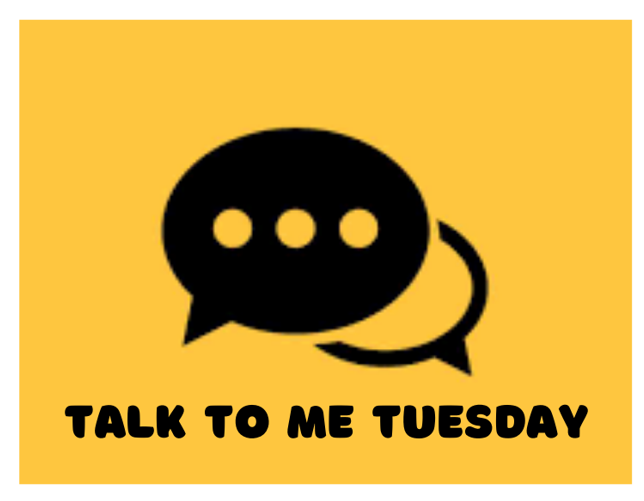Identifying Students in Distress
We want you to feel confident in identifying behaviors that are distressing, disruptive, or dangerous. The following outlines behaviors that will help you in identifying which category they fall under.
Distressed Behavior:
Safety is not an immediate concern. The individual may not be disruptive to others, but may exhibit behaviors which indicate something is problematic. They may also be reluctant or unable to acknowledge a need for personal help. Symptoms may lead to poor grades, lack of attention in class, and other behavior that is out of the ordinary for the student. Behaviors may include:
- Change in behavior and/or content of communication in the classroom
- Marked changes in academic performance
- Tardiness and excessive absences inconsistent with prior history
- Withdrawal and/or avoidance from participation
- Increased anxiety around exams or deadlines
- Difficulty working/interacting with others
- Changes in emotional states, e.g., sadness, crying, lethargy, irritability, rapid speech, preoccupied, increased and more intense disagreement with peers and instructors
- Changes in physical well-being, e.g., swollen eyes from crying, increased illnesses, poor self-hygiene, rapid weight loss/gain, sleeping in class
- Sense of confusion
- Inability to concentrate
- Loss of motivation
- Stopped talking to others or is spending a lot of time alone
- Aggressiveness or excessive mood swings
- Drinks more or uses drugs to deal with feelings
- Failure to comply with corrective feedback
- Repeated requests for special consideration, e.g., deadline extensions, changes in requirements, grade changes
- Communication in either oral, written, or electronic formats that may suggest a threat to self or others
Disruptive Behavior
Safety is not an immediate concern, but the individual is in obvious crisis, and more immediate intervention is necessary. Signs include:
- Highly disruptive, explosive, or disrespectful behavior to the living/learning environment (verbal hostility, aggression, disregard for classroom decorum and expected conduct, etc.)
- Hostility toward corrective behavior
- Inability to communicate clearly (garbled, pressured speech; disorganized, confused, or rambling thoughts)
- Loss of contact with reality (seeing or hearing things others cannot see or hear; unsubstantiated beliefs or fears that others may be conspiring against them)
- Has experienced interpersonal violence (sexual misconduct, relationship violence, and/or stalking)
- Harassment/inappropriate communication (including threatening letters, electronic, in-person or phone communications)
- Suicidal thoughts and/or threats to harm others (may be communicated orally or in written formats through e-mail, assignments, or on social network or academic sites)
If your student has engaged or is displaying any of these behaviors, and you are concerned but don't sense danger, you might be able to address the situation on an individual level.
- Deal directly with the behavior according to classroom protocol or policy; provide corrective feedback and offer to help
- Consider having someone meet with you and the student
- Avoid offering confidentiality to the student should they wish to talk
- Consider walking the student to Case Management, or the Counseling Center or call to make an appointment
- Recommend the student seek assistance from Case Management or the Counseling Center. Remind the student that the Counseling Center is confidential
- Offer to help make initial contact with Case Management by filing out a referral form or calling the office (828-262-8284)
- Reassure the student it is an act of strength to seek help
- If the student rejects a referral, consult with Case Management and/or the Counseling Center
- Inform and consult with your supervisor
Dangerous Behavior
Safety is an immediate concern. Behaviors include:
- Verbal or physical threats to harm others
- Actively threatens suicide and resists help
If you feel there is or could be immediate danger to yourself or others, seek immediate assistance.
Emergency- 8000 (on-campus) or 911
While 911 is always a good number to call in an emergency, 828-262-8000 (8000 from on-campus extensions) is the emergency number for App State Police who can respond faster to on-campus safety threats
University Police- 828-262-2150
461 Rivers Street (first floor, Rivers Street Parking Deck)
Counseling Center- 828-262-3180
First floor, Miles Annas Student Support Services Building
Please note: after- hours an emergency service is available. Please call the Counseling Center extension and press the option to speak with an after-hours emergency counselor.
